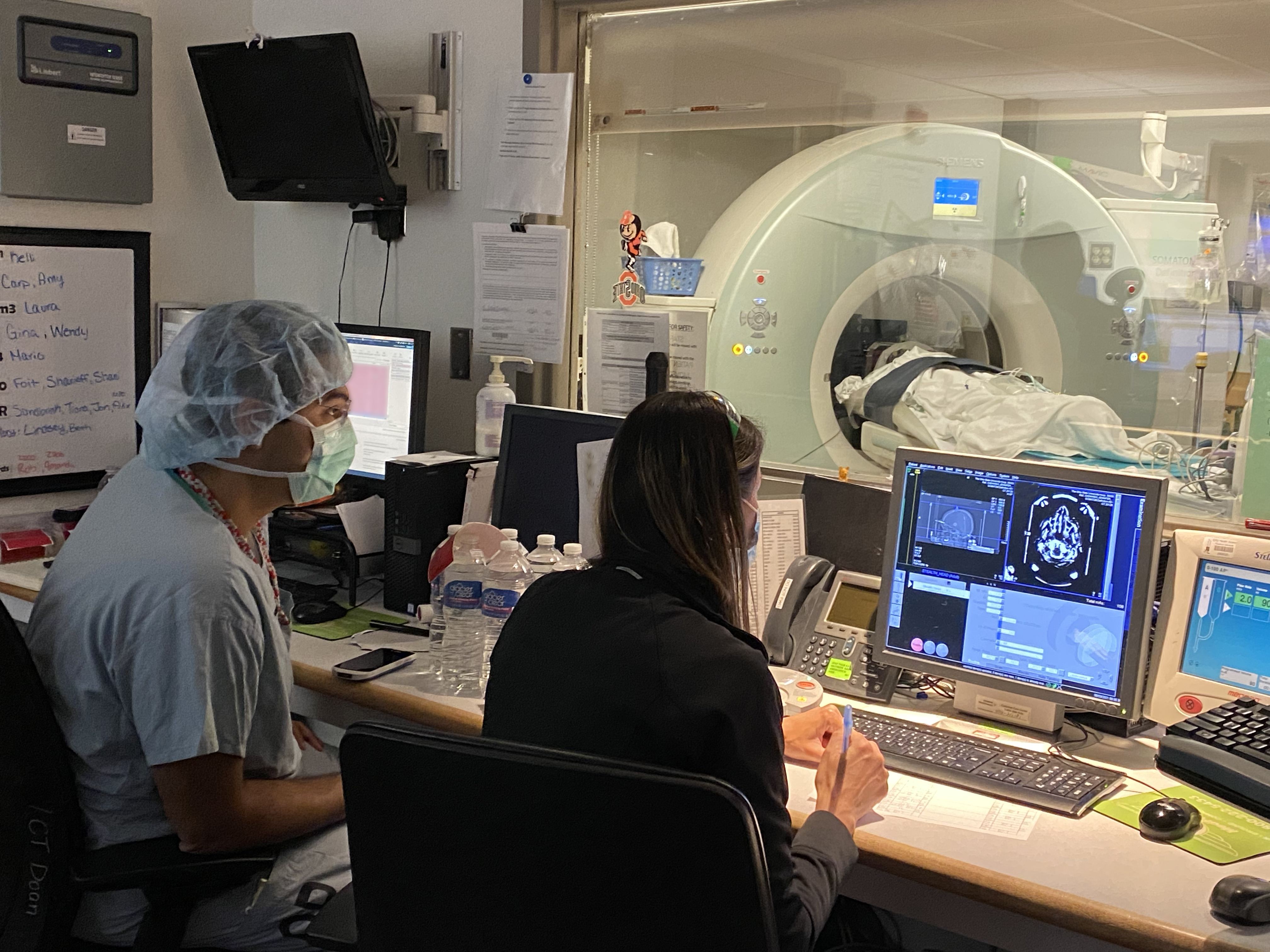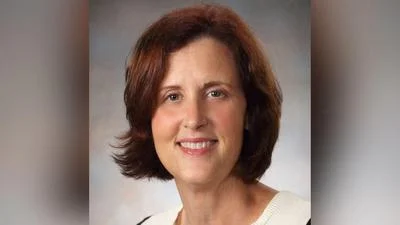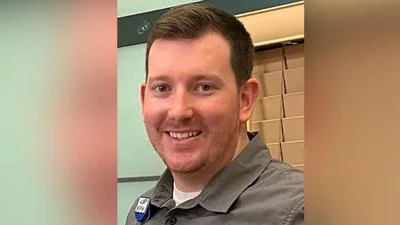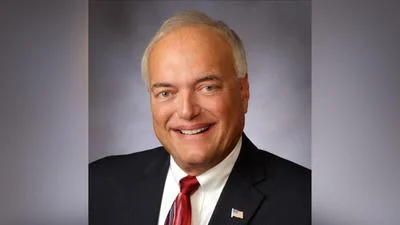Heart surgeons have new technology that increases the longevity of donated hearts at the Ohio State University Wexner Medical Center, making a larger range of donors accessible.
With the “heart in a box” technology, surgeons at the Richard M. Ross Heart Hospital got an out-of-state donor for a Rockbridge patient in a clinical trial.
“This novel technology has the potential to greatly increase our heart transplant donor pool because we can go farther away to get hearts that are the best fit for our patients,” said Dr. Asvin Ganapathi, a cardiothoracic surgeon at the center and assistant professor of surgery at the Ohio State University College of Medicine, in a release. “The current method of transporting hearts is to put them on ice. Usually you have just four hours to remove and transplant them.”
As Ganapathi said, the heart preservation window stays open between four to six hours once the heart is removed. Now, the new technology preserves hearts donated for transplant up to three times longer than current methods.
“This novel system has several advantages,” Ganapathi said. “It allows for more time for removal and transplantation of hearts as well as evaluation from the surgical team on whether hearts from extended criteria donors are viable enough for successful transplantation. Having access to circulatory death hearts could also greatly increase the donor pool and number of transplants in the [United States].”
The center celebrated its 11,000 organ transplants this year; it's been performing surgeries since 1967.







